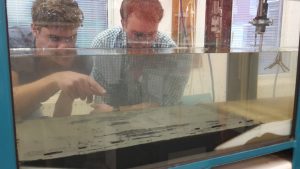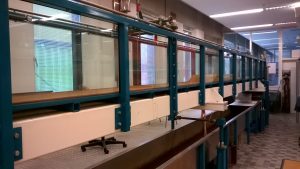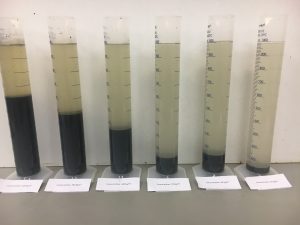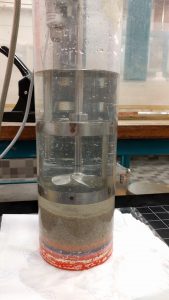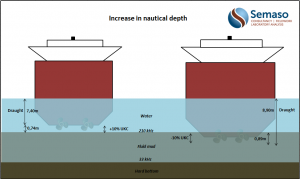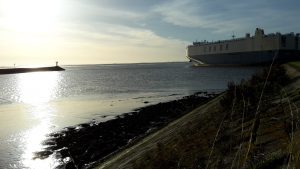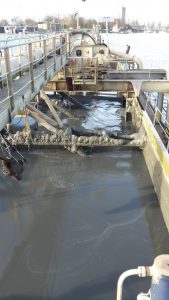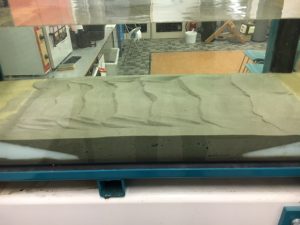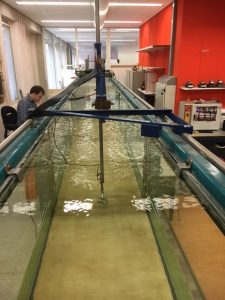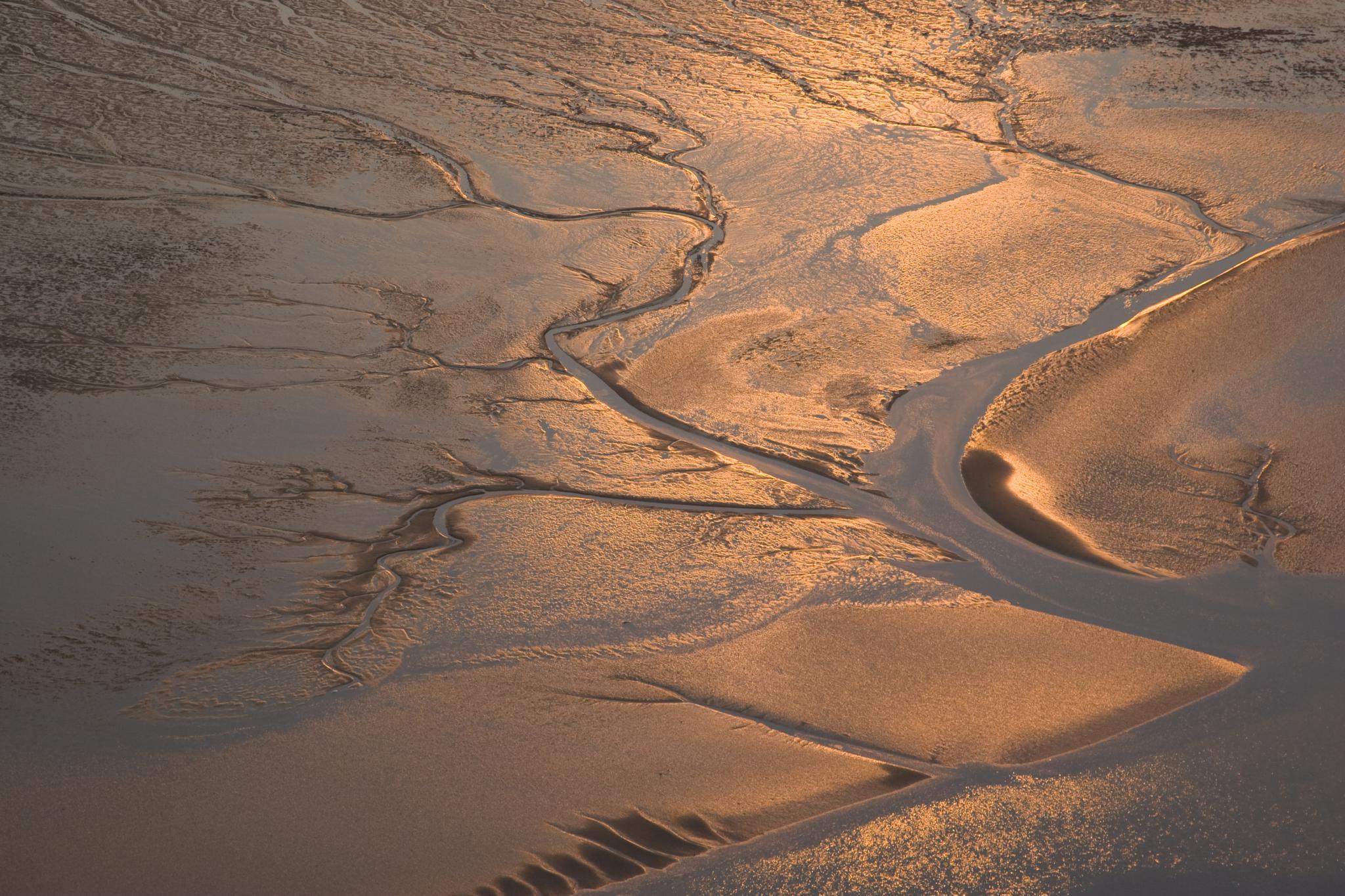Semaso will be presenting at the 10th SedNet conference in Genoa, Italy (Download Abstract).
Erodibility of sand-mud mixtures at the bottom of tidal channels – Critical bed-shear stress of mud-sand samples.
Van Rijn1, L.C., Riethmueller2, R., Barth3, R., Perk4, L.
The paper addresses the problem of the erodibility of mud and mixtures of sand and mud at the bottom of tidal channels. Various laboratory and field studies [1] have been done to determine the critical shear stress for erosion as a function of basic sediment and biological properties.
Several experiments have been carried out in a laboratory flume, fig 1, (length of 10 meter and a width of 0,4 meter) at the Hanze University of Groningen (The Netherlands). The experiments were focussed on the recalibration of the Eromes-instrument and testing of mixtures of sand and mud in the flume and Eromes-instrument. The Eromes-instrument has been calibrated and used in several studies in Germany [2][3] for determination of the in-situ critical bed-shear stress. The flow velocities were measured with a three-dimensional instrument and mud concentration was measured with two different optical sensors. Experiments have been carried out with sands with different gradations and weakly consolidated muds at the bed at increasing flow velocities.
Experiments were carried out in the fall of 2016 at the Hanze University. Preliminary results of the different sand beds show good comparison, for the courser sand beds, between the flume tests, Eromes-instrument and Shields Curve. Results show that measured bed-shear stresses for the fine bed are smaller than Shields bed-shear stress, indicating that Shield curve is not really valid for fine sediments. The test results have been used to estimate the critical bed-shear stress and erosion rates of the mud at two different wet bulk densities.



